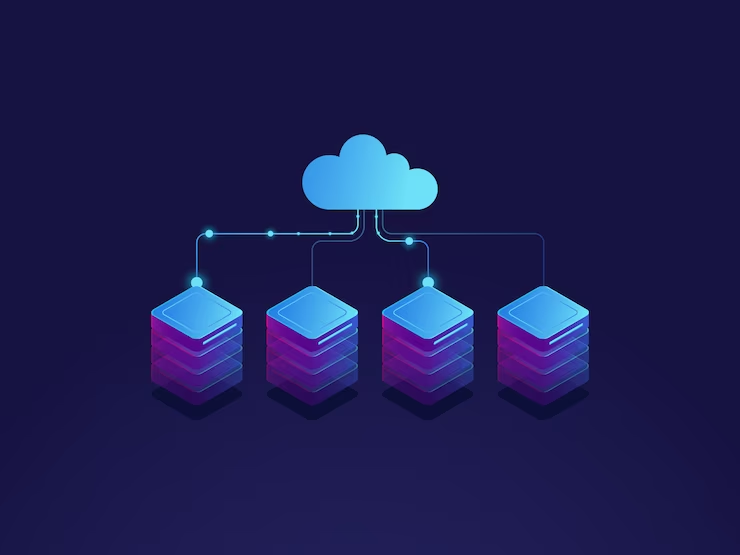
by ainet_admin | Jun 13, 2023 | Cloud storage
In today’s digital age, it is important to ensure that you have the best cloud storage for your photos. AiNET offers secure, reliable cloud storage for photos that is tailored specifically to your needs. What Are the Benefits of Cloud Storage? The benefits of cloud...

by ainet_admin | May 30, 2023 | Cloud Computing
We know the Cloud has been an excellent tool for businesses over the years, but it didn’t really take off for schools until the Covid 19 pandemic in 2020. While online schooling was a necessary evil during the pandemic, the availability of the Cloud in education has...

by ainet_admin | May 16, 2023 | Cloud storage
In today’s rapidly evolving digital landscape, businesses seek new ways to build, deploy, and manage their applications with agility, flexibility, and scalability. That’s where cloud native architecture comes into the picture! Cloud Native Architecture...

by ainet_admin | May 10, 2023 | Cloud Computing
Cloud computing has been a transformative technology that has revolutionized how businesses operate. But there are several persistent cloud computing myths keeping businesses from fully embracing its benefits. However, these misconceptions shouldn’t strike...

by ainet_admin | May 2, 2023 | Cloud Computing
Here at AiNET, we spend a lot of time discussing cloud computing. How far it’s come, where it’ll go, and how to utilize it. But right now, it’s time to take a step back and appreciate what the cloud does for us as a society. 1- The Cloud Keeps Your Business Afloat We...

by ainet_admin | Apr 26, 2023 | Cloud storage
Discontent against the public cloud is on the rise with many big players pulling out their IT workload from the cloud. While the once public cloud was thought to be the most cost-effective option, that notion is now changing, and it’s changing fast. Lets talk about...







